Peru’s Sacred Valley Capsules: A Natural Solution for Altitude Sickness Preparedness
Traveling to high-altitude destinations like Peru’s Sacred Valley is a dream for many adventurers. The breathtaking landscapes, rich cultural heritage, and ancient ruins of Machu Picchu draw thousands of visitors each year. However, the thrill of exploration often comes with an unwelcome companion: altitude sickness. As elevation increases, the body struggles to adapt to lower oxygen levels, leading to symptoms like headaches, nausea, dizziness, and fatigue. For those unprepared, these symptoms can turn a dream trip into a miserable experience. This is where Peru’s traditional remedy, the Sacred Valley capsules, comes into play.
The Science Behind Altitude Sickness
Altitude sickness, or acute mountain sickness (AMS), occurs when the body fails to acclimatize quickly enough to reduced oxygen levels at higher elevations. At altitudes above 2,500 meters (8,200 feet), the air contains significantly less oxygen, forcing the body to work harder to deliver oxygen to tissues. Symptoms can range from mild discomfort to life-threatening conditions like high-altitude pulmonary edema (HAPE) or high-altitude cerebral edema (HACE). While gradual ascent and proper hydration are key preventive measures, many travelers seek additional support to ease the transition.
This is where natural remedies, deeply rooted in Andean tradition, offer a compelling solution. The indigenous people of the Sacred Valley have long relied on locally sourced herbs and plants to combat the effects of high altitude. Among these remedies, the Sacred Valley capsules have gained recognition for their potential to alleviate symptoms and support acclimatization.
The Power of Sacred Valley Capsules
Derived from a blend of native botanicals, these capsules are formulated with ingredients like coca leaf, muña (Andean mint), and maca root—plants traditionally used by Quechua communities to enhance endurance and reduce altitude-related discomfort. Coca leaf, in particular, has been chewed or brewed into tea for centuries to combat fatigue and improve oxygen uptake. While the leaf itself contains alkaloids that are controversial outside the Andes, the capsules often use processed extracts that retain beneficial properties without legal concerns.
Muña, another key ingredient, is known for its digestive and respiratory benefits, helping to soothe stomach upset and improve breathing efficiency. Maca root, a potent adaptogen, supports energy levels and stamina, making it easier for travelers to adjust to the physical demands of high-altitude trekking. Together, these ingredients create a synergistic effect that aids the body’s natural acclimatization process.
Integrating Capsules into Your Altitude Preparedness Plan
While Sacred Valley capsules can be a valuable tool, they should not replace fundamental altitude sickness prevention strategies. Experts recommend a gradual ascent, allowing the body at least two to three days to adjust before reaching higher elevations. Hydration is equally critical, as dehydration exacerbates AMS symptoms. Travelers should also avoid alcohol and heavy meals during the initial acclimatization period.
Incorporating the capsules into a broader preparedness plan can enhance their effectiveness. Many travelers begin taking them a day or two before arriving at high altitudes, continuing usage during their stay. Pairing the capsules with other natural methods—such as drinking coca tea or practicing controlled breathing techniques—can further optimize results. However, it’s essential to consult a healthcare provider before use, especially for individuals with pre-existing conditions or those taking medications.
Real-World Experiences and Testimonials
Countless travelers have shared positive experiences with Sacred Valley capsules, crediting them for smoother acclimatization and fewer symptoms. Backpackers hiking the Inca Trail, for instance, often report reduced headaches and improved energy levels when using the capsules alongside proper hydration and pacing. Tour groups visiting Cusco (elevation 3,400 meters) have noted faster recovery times after landing, allowing them to explore the city without debilitating fatigue.
That said, individual responses can vary. Some travelers may still experience mild symptoms, emphasizing the need for a holistic approach. The capsules are not a cure-all but rather a supportive measure within a well-rounded altitude sickness strategy.
Where to Find Authentic Sacred Valley Capsules
With growing popularity, counterfeit or low-quality products have emerged in tourist markets. To ensure efficacy, travelers should purchase capsules from reputable vendors, such as licensed pharmacies in Cusco or certified online retailers. Authentic products typically list ingredients clearly and provide dosage instructions. Local guides and tour operators can also recommend trusted brands used by the Andean community.
For those unable to access the capsules before travel, alternatives like gingko biloba or prescription medications (e.g., acetazolamide) may be considered, though these options come with their own considerations and potential side effects.
Final Thoughts: Respecting Tradition and Modern Travel Needs
The Sacred Valley capsules represent a bridge between ancient wisdom and contemporary travel needs. By honoring traditional remedies while embracing modern supplementation, travelers can better prepare for the challenges of high-altitude adventures. Whether trekking to Machu Picchu or exploring the Andean highlands, a thoughtful approach to altitude sickness—combining natural aids, gradual acclimatization, and expert advice—can make all the difference in ensuring a safe and enjoyable journey.
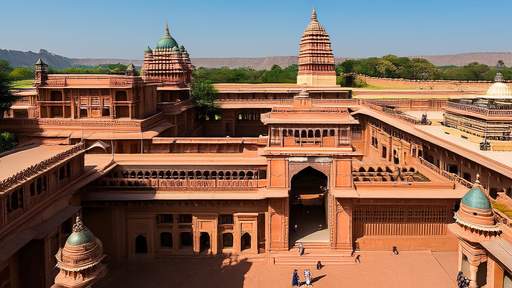
By /Jun 5, 2025

By /Jun 5, 2025
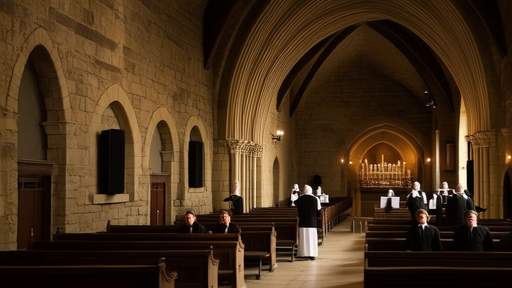
By /Jun 5, 2025

By /Jun 5, 2025
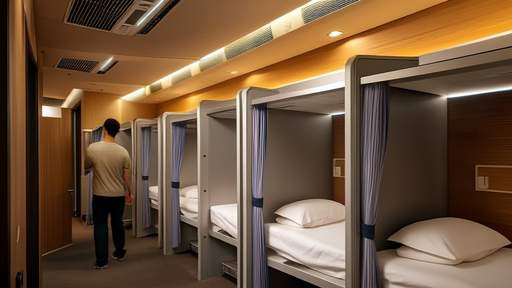
By /Jun 5, 2025
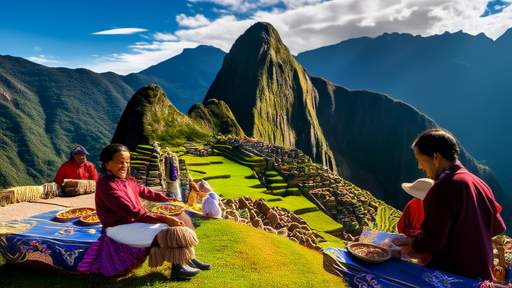
By /Jun 5, 2025
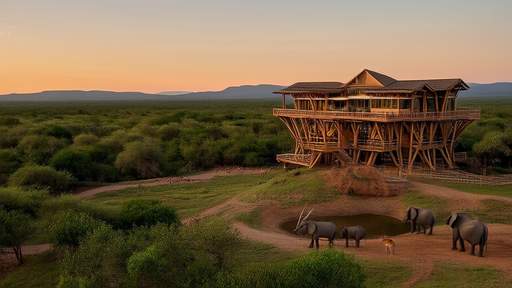
By /Jun 5, 2025
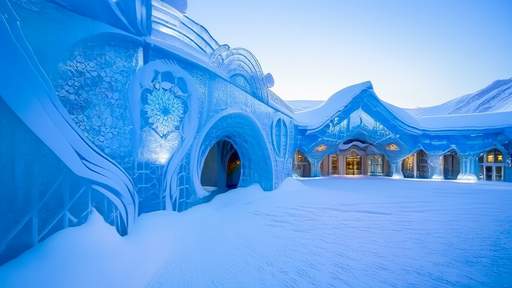
By /Jun 5, 2025

By /Jun 5, 2025
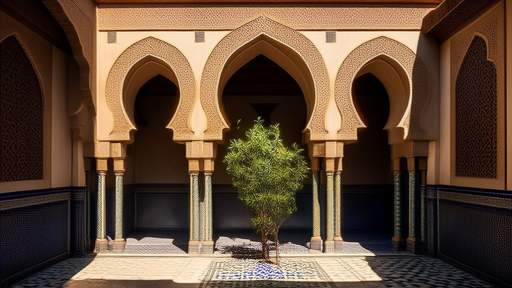
By /Jun 5, 2025
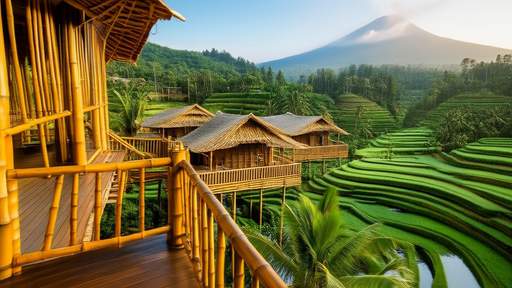
By /Jun 5, 2025
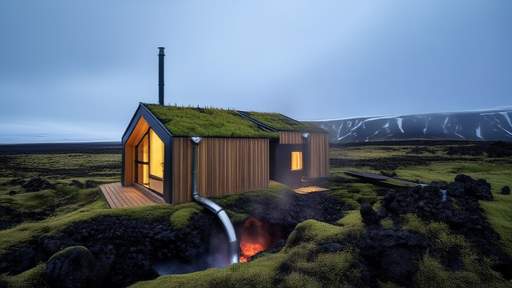
By /Jun 5, 2025
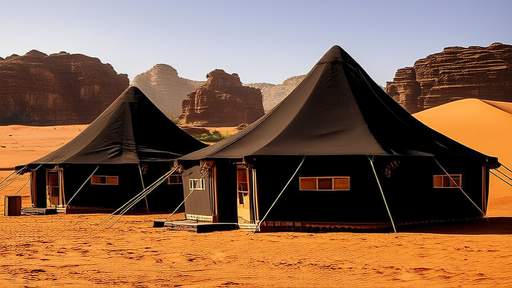
By /Jun 5, 2025
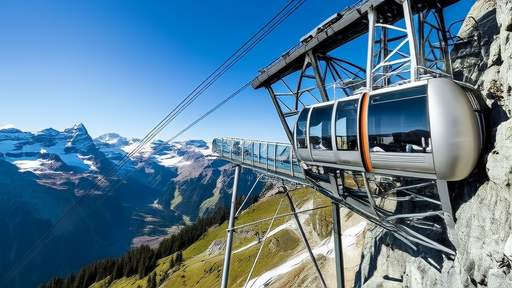
By /Jun 5, 2025
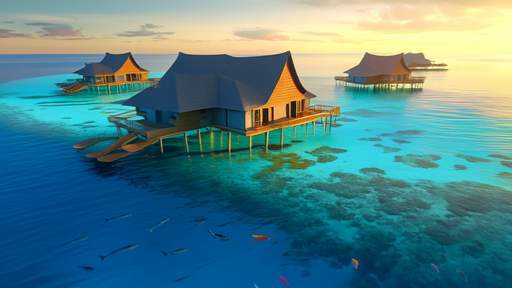
By /Jun 5, 2025
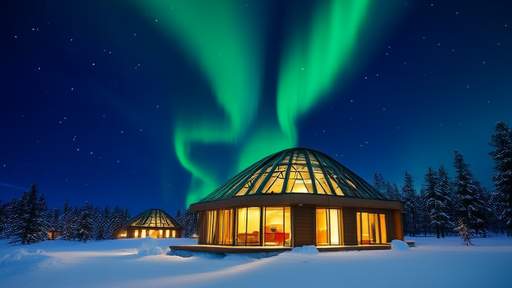
By /Jun 5, 2025
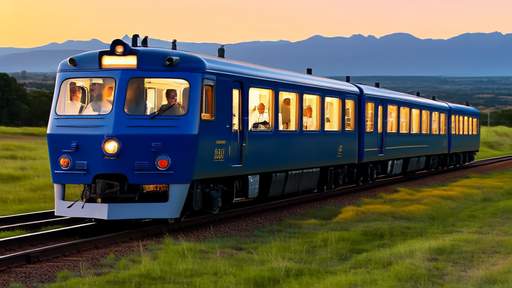
By /Jun 5, 2025
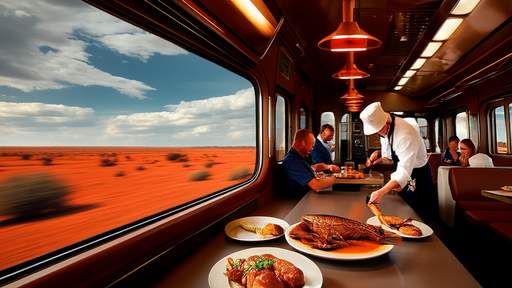
By /Jun 5, 2025

By /Jun 5, 2025
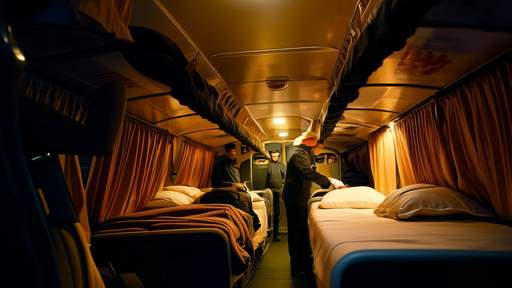
By /Jun 5, 2025